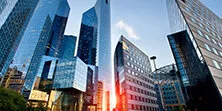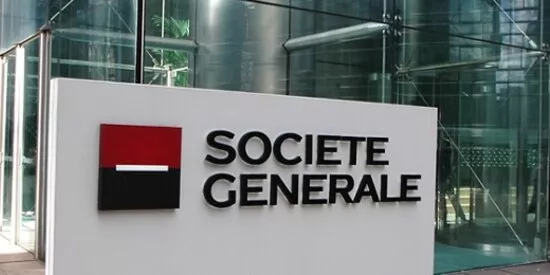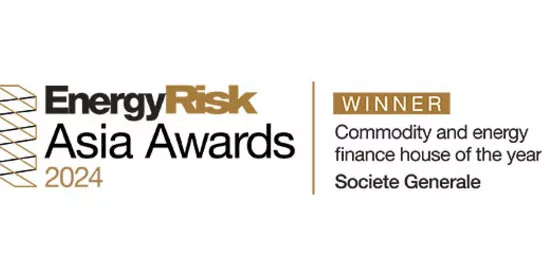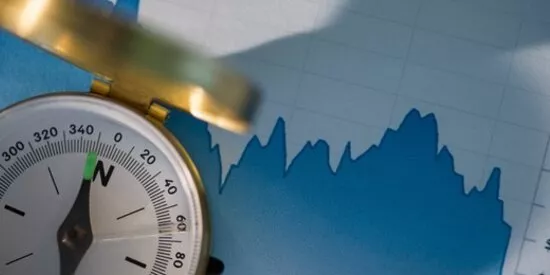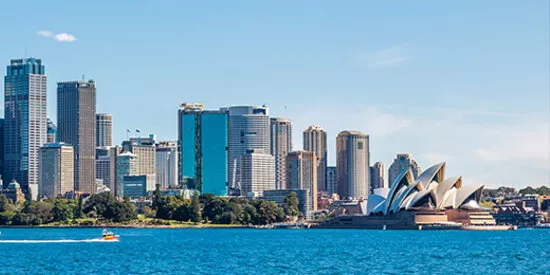
Something new under the sun: How a landmark New Zealand solar securitisation shows the way to unlock Asia’s potential
Capital markets solutions offer another way to provide the scale of financing needed for the energy transition in Asia Pacific. A new Societe Generale-backed solar securitisation in New Zealand could serve as a template for other jurisdictions.
The financing requirement for the energy transition in the Asia Pacific region is immense. Asia will need some USD330 billion of investment in clean energy by 2030 in order to align with a 2050 net zero scenario1. That is about 70% of the global requirement of USD470 billion.
Sourcing funding on that scale will be a big challenge, and traditional bank finance will not be sufficient to meet it in a cost-effective way.
The global capital markets can provide scalable and more liquid solutions. The use of deal structures, formats and risks that are familiar to institutions all over the world allows developers and operators to tap a broader investor base – even when they are applying those techniques in novel ways.
They do not get much more novel than a new NZD195 million (EUR106 million) securitisation of residential solar energy installations in New Zealand for BlackRock-owned solar developer SolarZero.
Arranged and warehoused by Societe Generale, it is the first ever solar securitisation in New Zealand2, and it will serve as a valuable template for others to follow throughout Asia Pacific. As such, it has the potential to unlock additional capital that is needed for the widespread deployment of solar energy.
An emerging asset class
Solar securitisation is an emerging asset class, with about USD25 billion of public solar ABS issuance completed to date, all of it in the US and mostly in the last five years3. The first public deal was in 2013, a USD54 million transaction for SolarCity, a US solar energy company founded by Elon Musk and now owned by Tesla4.
A solar securitisation starts with the bundling together of a portfolio of solar-related receivables originated by a solar energy company. These might be loans or leases for householder solar panel installations, or the revenue streams resulting from power purchase agreements (PPAs), contracts where customers typically pay a discounted rate for their energy in return for letting the solar company install panels on their property.
That portfolio is then used to issue asset-backed securities (ABS) to investors. As with all securitisations, the aggregation of a large number of assets into one transaction is intended to disperse the credit risk: investors will continue to be repaid by the pool of household borrowers, even if the energy company fails. And by providing a way for external investors to participate, the transaction acts as a new source of funding for the energy company, allowing the roll out of more projects and installations.
It can also offer funding diversification and cost efficiency when compared to other forms of finance – something that ultimately feeds through to lower costs for householders.
Lessons for others
Societe Generale is helping to establish securitisation as a funding tool for the energy transition. We led the groundbreaking capital markets asset-backed debt issuance for the green investment bank of New Zealand - New Zealand Green Investment Finance (NZGIF) solar finance programme in 20235, whose first partner was SolarZero.
New Zealand’s status as a decarbonisation leader and a market with some of the most ambitious climate targets6 makes the country an ideal test bed for deals like this, especially noting the relatively low penetration of rooftop solar in the country – only about 3% of households have solar distributed generation installations7. The country is also seen as a low-risk destination by international investors, and its asset-backed securitisation market is continuing to develop.
There are important lessons and considerations for potential issuers across Asia Pacific. As is the case with many innovative financing methods and emerging asset classes, investors will initially need extra reassurance in the form of additional structural credit enhancement and clear government policy support.
For the SolarZero deal, the support of NZGIF ticked both of these boxes, through its sponsorship of the overall programme and its direct investment in a mezzanine tranche of the ABS.
For Societe Generale, helping to bring such deals to market is fundamental to our strategy, which places ESG at its heart. We are determined to support the acceleration of decarbonisation efforts by our clients and are delighted to be able to deploy our capital markets expertise to meet those ends.
With its heavy financing needs, the rest of Asia Pacific should provide plenty of opportunities for these techniques to be deployed elsewhere. All investors have to do is follow the sun.
1. https://research-center.amundi.com/article/amundi-asia-responsible-investment-views-2024
2. https://www.scoop.co.nz/stories/BU2407/S00319/solarzero-pioneers-new-financing-model-to-raise-195m-of-debt-in-nz-first.htm
3. https://finsight.com/esoteric-solar-abs-bond-issuance-overview?products=ABS®ions=USOA
4. https://ir.tesla.com/press-release/solarcity-completes-industrys-first-securitization-distributed
5. Accelerating the uptake of distributed solar energy systems in New Zealand (societegenerale.asia)
6. https://environment.govt.nz/what-government-is-doing/areas-of-work/climate-change/emissions-reductions/emissions-reduction-targets/greenhouse-gas-emissions-targets-and-reporting/
7. https://www.emi.ea.govt.nz/Retail/Reports/GUEHMT?DateFrom=20130901&DateTo=20240630&MarketSegment=Res&FuelType=solar_all&Show=ICP_Rate&_rsdr=ALL&_si=v|3

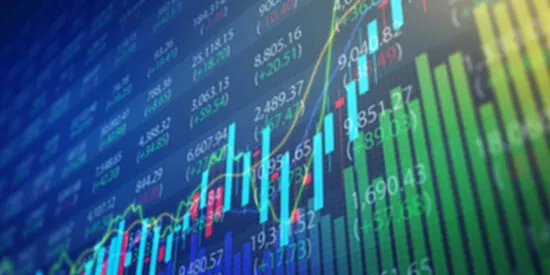
インフレ復活は日本経済をどう変えようとしているのか
日本はこの2年余りの間に、30年間も続いたデフレから完全に脱却したかにみえる。2022年をゼロ%近辺でスタートした消費者物価は上昇ペースを上げ、昨年初めには4%超のピークを付けた後、現在3%弱の水準にある。


